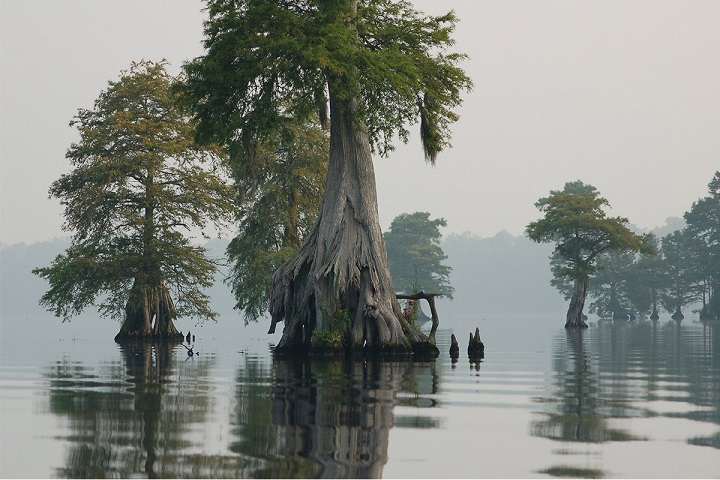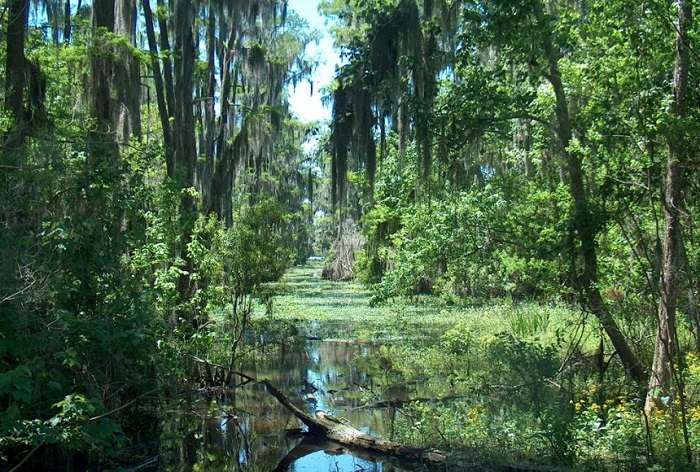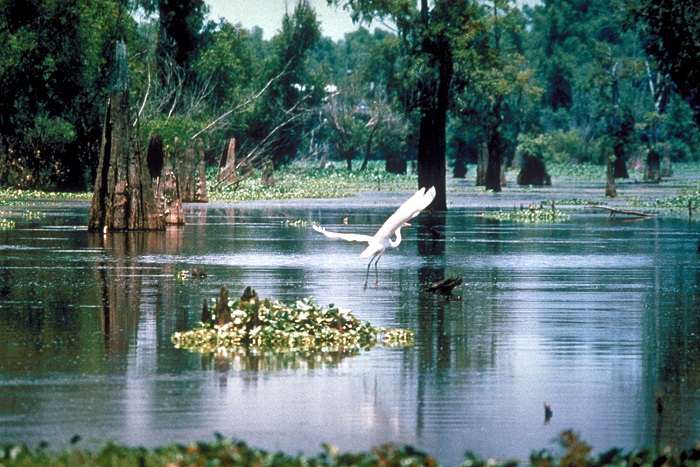The Southern United States is renowned for its diverse ecosystems, and among its most intriguing features are its swampy areas. These wetlands, rich in biodiversity and ecological importance, offer a unique glimpse into nature’s resilience and complexity. This article explores the major swampy areas in the Southern US, their ecological significance, and tips for visiting these fascinating environments.
Overview of Swampy Areas in the Southern US
Swamps are a type of wetland characterized by slow-moving or stagnant water and a dense growth of vegetation. The Southern US, with its warm climate and abundant rainfall, provides ideal conditions for the development of these swampy regions.
Key Characteristics of Southern Swamps
- Waterlogged Soil: Swamps have saturated soil, often covered with standing water.
- Rich Biodiversity: These areas support a wide variety of plant and animal species.
- Dense Vegetation: Common plants include cypress trees, mangroves, and various grasses and shrubs.
- Slow Water Flow: Swamps typically have very slow or stagnant water movement.
Major Swampy Areas in the Southern US
Several notable swamps are located in the Southern US, each with unique features and ecological importance.
1. Everglades National Park, Florida
Overview
The Everglades, often referred to as the “River of Grass,” is one of the largest and most famous swamps in the US. This expansive wetland covers over 1.5 million acres in southern Florida.
Features
- Unique Ecosystems: The Everglades contain a mix of freshwater marshes, mangroves, and hardwood swamps.
- Biodiversity: Home to endangered species like the Florida panther and American crocodile.
- Conservation Efforts: Ongoing efforts to restore and protect this vital ecosystem.
2. Okefenokee Swamp, Georgia and Florida
Overview
The Okefenokee Swamp straddles the border between Georgia and Florida, covering approximately 700 square miles.
Features
- Pristine Wilderness: Known for its untouched natural beauty and diverse habitats.
- Flora and Fauna: Includes cypress trees, alligators, and a variety of bird species.
- Recreational Activities: Offers opportunities for canoeing, fishing, and wildlife observation.
3. Atchafalaya Basin, Louisiana
Overview
The Atchafalaya Basin is the largest swamp in the US, spanning about 1.4 million acres in Louisiana.
Features
- River Delta: Formed by the Atchafalaya River, creating a complex network of waterways and wetlands.
- Rich Wildlife: Supports a variety of species, including black bears and various fish.
- Cultural Significance: Integral to the cultural heritage of Louisiana, influencing local cuisine and traditions.
4. Big Thicket National Preserve, Texas
Overview
Big Thicket National Preserve is located in East Texas and is renowned for its ecological diversity.
Features
- Diverse Habitats: Includes swamps, bottomland hardwood forests, and upland hardwood forests.
- Ecological Importance: Acts as a crucial habitat for many species and a natural filter for water quality.
- Recreation: Offers hiking, birdwatching, and educational programs.
Ecological Importance of Swamps
Swamps play a critical role in maintaining ecological balance and supporting biodiversity. Their significance includes:
Water Filtration
- Natural Filters: Swamps help filter pollutants and sediments from water.
- Flood Control: They act as natural buffers, absorbing excess water and reducing flood risk.
Habitat for Wildlife
- Biodiversity: Provide essential habitats for a variety of plant and animal species.
- Breeding Grounds: Serve as crucial breeding and feeding grounds for many species.
Carbon Sequestration
- Climate Regulation: Swamps capture and store carbon dioxide, helping to mitigate climate change.
Visiting Swampy Areas
Visiting swampy areas can be a unique and educational experience. Here are some tips to make the most of your visit:
Safety Precautions
- Stay on Marked Trails: Avoid wandering off established paths to prevent getting lost.
- Be Aware of Wildlife: Maintain a safe distance from animals, especially alligators and snakes.
Best Times to Visit
- Seasonal Considerations: Spring and fall are often the best times to visit, as weather conditions are more favorable.
- Avoid Mosquitoes: Wear insect repellent and long sleeves, especially during summer months.
What to Bring
- Appropriate Footwear: Waterproof boots or shoes suitable for muddy conditions.
- Binoculars and Camera: For observing and capturing the unique wildlife and scenery.
Related post:
What Type of Cancer Does Kate Have? A Comprehensive Overview
Jennifer Belle Saget: A Comprehensive Look at Her Life, Career, and Influence
Swampy areas in the Southern US offer a glimpse into some of the most diverse and ecologically important landscapes in the country. From the expansive Everglades to the pristine Okefenokee Swamp, these wetlands provide vital habitats for countless species and contribute to ecological balance. By understanding and respecting these environments, we can help ensure their preservation for future generations.




